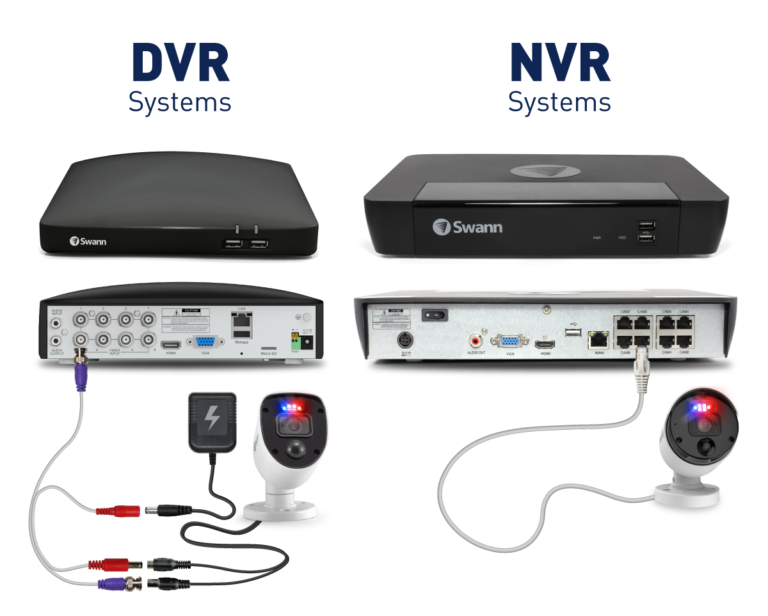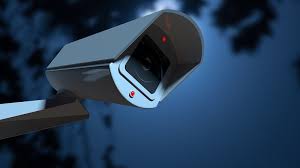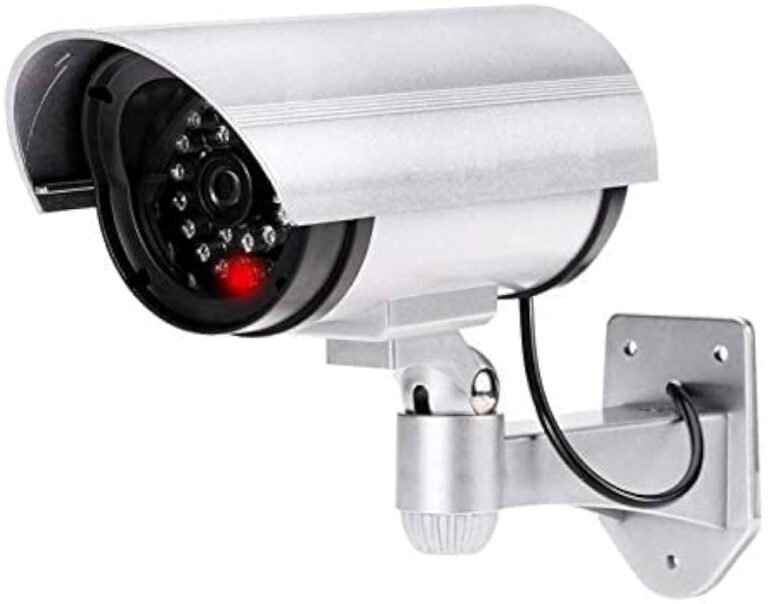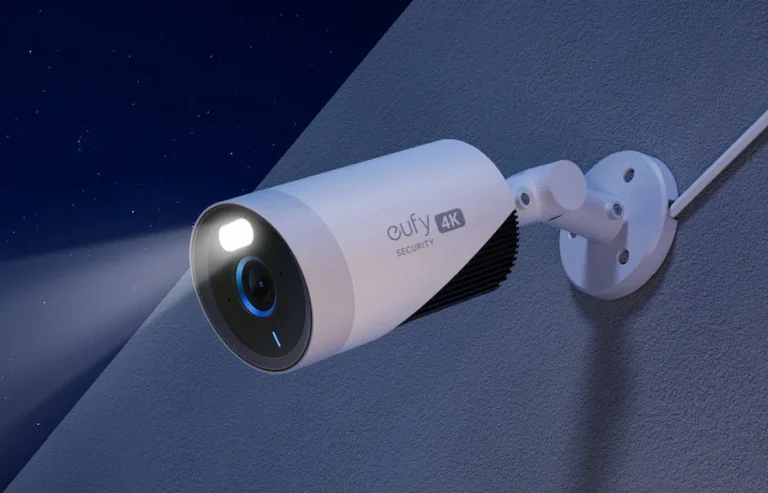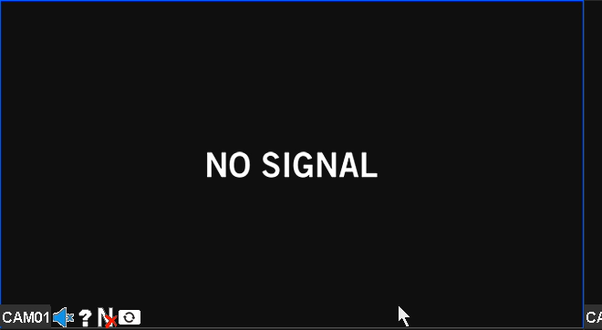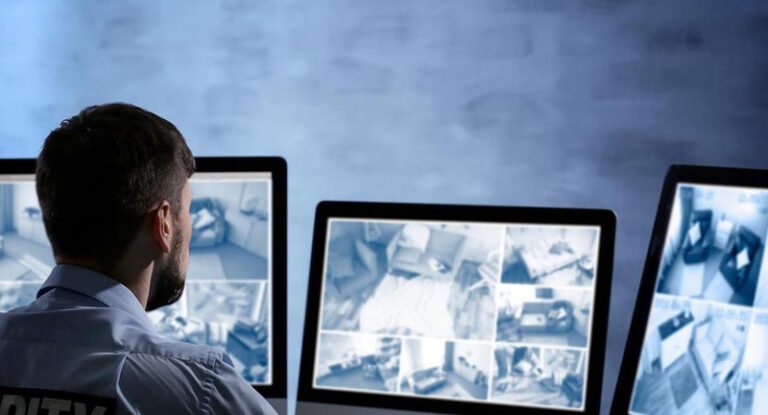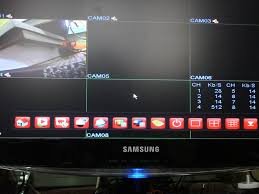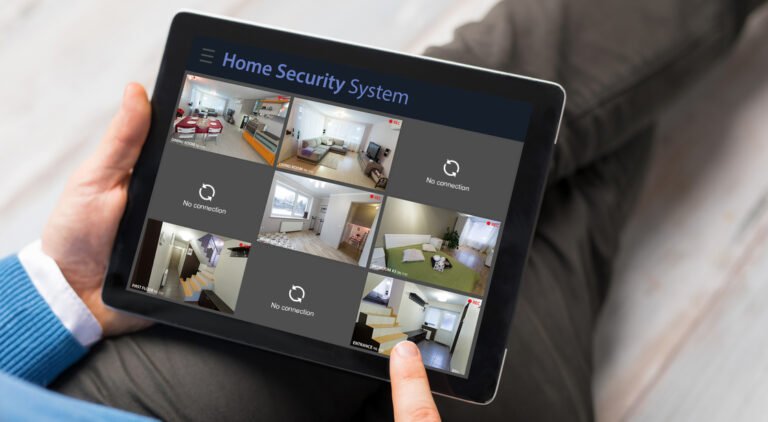DVR vs NVR vs HVR: 5 differenze chiave spiegate
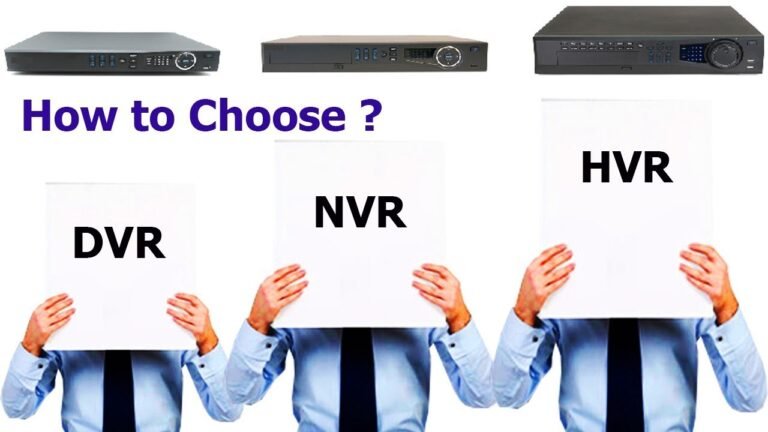
Infine, quando si parla di sistemi di sorveglianza, DVR, NVR e HVR presentano differenze significative. I DVR offrono generalmente una qualità video fino a 1080p e utilizzano cavi coassiali, mentre gli NVR supportano il 4K e si collegano tramite Ethernet. Gli HVR combinano entrambi i tipi di cavo per...
